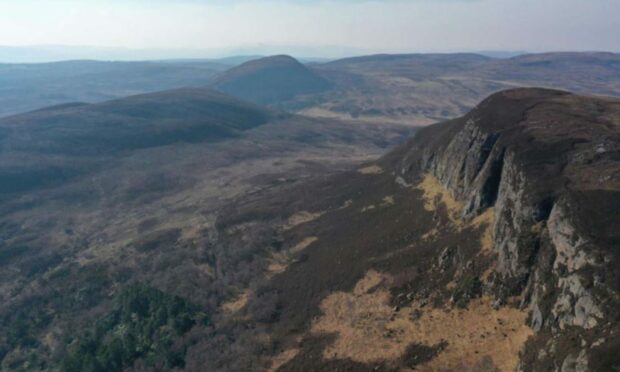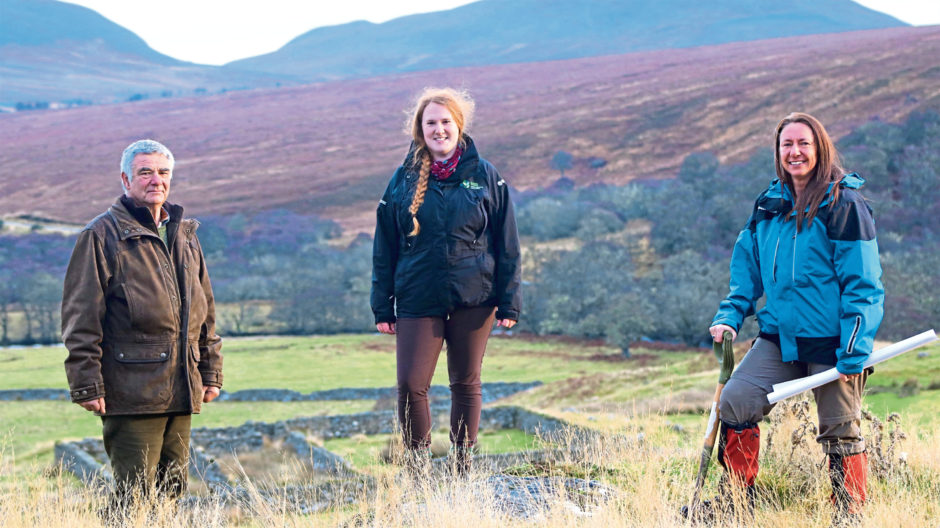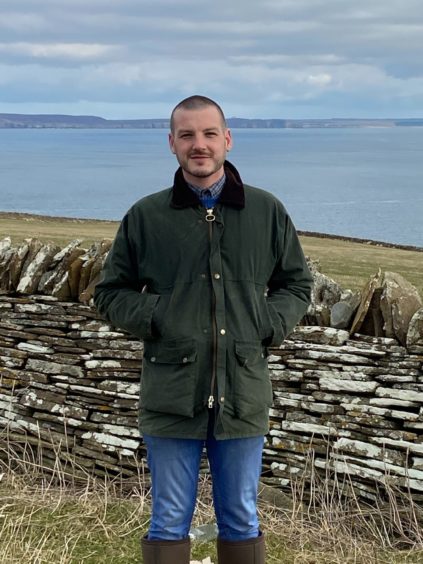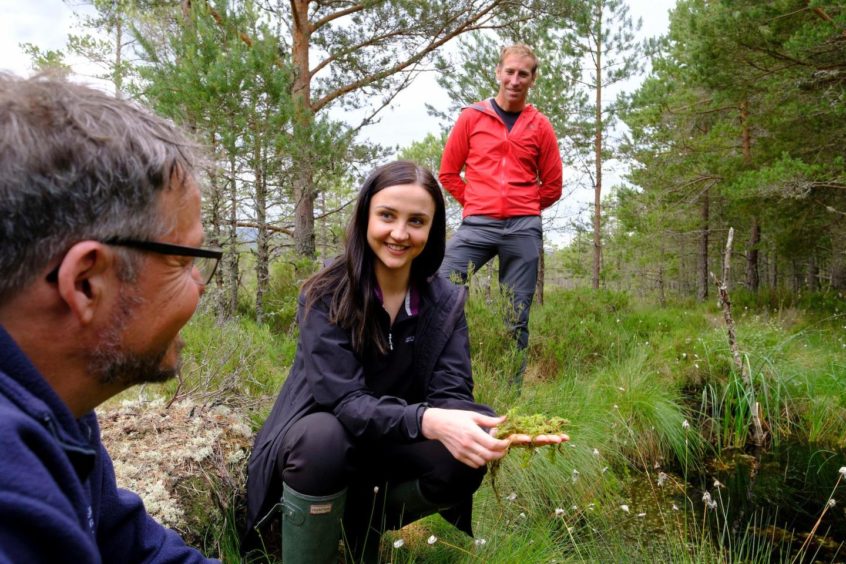A Highland estate was sold only a year after the former owner won a £3million government grant to plant more than a million trees.
Now 11,270 acres of the wilderness is back on the market as the price of land in Scotland spirals upwards while landowners secure millions of pounds of public money for environmental projects to off-set carbon emissions.
Then rural economy minister, Fergus Ewing, said it would play a key part in the Scottish Government’s plan to tackle the climate emergency, with the trees capturing 50,000 tonnes of carbon by 2045 – the equivalent of emissions from 11,000 cars being used for a year.
Only a fifth of the woodland has so far been planted, but the public money supporting the planting will remain in place for the new owners to continue the work.
A company part-owned by businessman Sandy Adam and his son, Gordon, bought Cambusmore Estate from Dornoch farmer Ken Greenland in an off-market sale earlier this year.
For sale – again
They have now put a swathe back up for sale through Goldcrest Land and Forestry Group, an Edinburgh firm of surveyors specialising in the valuation and sale of woodland, with a closing date next month.
The deal has fed concerns that Scotland is being sold in secret as buyers rush to secure Scottish Government grants aimed at securing net zero emissions by 2045.
The so-called green rush by billionaires, investment firms and big charities to buy thousands of acres of rural Scotland to create so-called carbon credits, to offset their own emissions or to sell, has trigged a booming market – sending land prices spiralling.
The Goldcrest brochure advertising Cambusmore Estate says the buyer will have a significant opportunity to generate carbon credits.
The brochure estimates there could be 1,853 acres of degraded peatland, meaning the new owner could get a share of a £250million 10-year funding package set aside by the Scottish Government to restore such land.
It also details the benefits of the £3.2m government grant to plant 1.4 million trees over three years and includes a table setting out how much public money will be paid to the new owner. Almost £2m will be handed over in the next two years, with about £200,000 a year to be paid in 2025, 2026 and 2027.
Grant won’t be paid in full unless every tree planted
Experts say the grant will have increased the estate’s value as big businesses compete to buy up biodiverse Scottish land to offset their carbon footprint and burnish their environmental credentials.
Sandy Adam, who owns housing developers Springfield Properties, has a minority stake in Cambusmore Ltd. His son, Gordon Adam, is the principal owner, according to the land agent.
The government quango responsible for the woodland creation scheme insists the grant money will not be paid in full unless every single promised tree is planted.
However, locals say the sale of the Highland estate is another example of millionaires trading the land under their feet and leaving them with little or no say in how it is managed. Off-market sales also prevent communities from tabling their own bid backed by the £10m-a-year Scottish Land Fund.
‘Impossible’ for communities to buy land
Magnus Davidson is a rural economy researcher at the University of the Highlands and Islands who is based in Thurso.
He said: “This landowner on my doorstep in the Highlands was awarded millions of pounds in public funding to plant trees so that estate was worth a lot more that it was worth before and it’s just been sold in an off-market sale, making it impossible for the community to register a late interest in purchasing the land via community right-to-buy legislation.
“It could be the new owner has an interest in the carbon credits, it’s impossible to say at this stage, but that estate would offset my current annual carbon footprint for 5,000 years.
“In the future, arguably, the new owner of Cambusmore Estate can sell the carbon credits in those trees on the open market to the highest bidder – the BPs and Shells of the world – who are just using that to offset emissions from oil and gas that we probably shouldn’t be burning in the first place.”
Prices of farmland in Scotland rose by 31% last year, compared to 6% in England, with a third of sales being carried out “off market” while two thirds of estates sold were also bought in private deals.
In a report published last week, Community Land Scotland (CLS) warned the clamour for Scottish land is pushing up prices while secret off-market deals are preventing community buy-outs backed by public funds.
ICYMI Newly published in-depth report by @MiriamBrett & @L__Macfarlane exploring the key role of land ownership + governance in delivering a #JustTransition! A #CommunityWealthBuilding approach to land is central to this & requires fundamental reforms.
👉https://t.co/0Cer8dmhrl pic.twitter.com/dYW7dzhfvp— Community Land Scotland (@CommunityLandSc) May 24, 2022
‘Limited supply, massive demand’ sending prices soaring
Policy director Calum MacLeod told The Sunday Post: “The prices have absolutely shot up because there is a limited supply and massive demand. It’s challenging in terms of giving communities an opportunity to purchase the land. There has to be a notification process to help level the playing field.
“We see a lot of corporates looking to invest in estates to mitigate their carbon footprint or use it as an investment opportunity to sell on the carbon credits.
“We have new entrants into the land market and a lot of that is being fuelled by so-called green lairds who are looking to invest.”
The new 2,305-acre woodland at Cambusmore will span across more than seven miles of Strath Carnaig and will be made up of native species Scots pine, birch, rowan, oak, aspen and alder.
When the grant was awarded in December 2020 then owner Ken Greenland spoke of his desire to increase the habitat for wildlife and connect native woodland.
He confirmed he sold the land in January but offered no further comment yesterday.
New bill will include ‘public interests test’
Scottish Forestry, the government agency that awarded the woodland creation grant, said it is in the process of completing the woodland creation contract paperwork with the new owner, adding: “Around 200 hectares of the planting has taken place but we have not paid the new owner any funds as yet.
“We’ve now been informed that the current owner may sell the Cambusmore Estate. If the estate was sold again we would work with the new owners to fulfil the obligations of the Forestry Grants Scheme contract which runs for 20 years. Public funds will still be protected – if the woodland works are not completed, or trees are removed, we can reclaim any grants.”
Peter Graham, land agent for Cambusmore, said: “The company is selling the western section and retaining the farmland of about 1,200 acres.”
Springfield said it is not involved in the purchase or development of the area, adding: “Cambusmore Ltd is a company owned principally by Gordon Adam, and Sandy Adam is a minority investor in the company and is not part of the leadership team for the project.”
The CLS report calls for fundamental reforms to land governance and ownership and demands the Scottish Government break up large estates into smaller sites that can be sold to communities and stop off-market land sales under the guise of secrecy.
Land Reform Minister Mairi McAllan said the Scottish Government is to introduce new legislation to tackle the issues, adding: “The bill will aim to ensure that the public interest is considered on transfers of particularly large-scale land holdings, and will aim to introduce a pre-emption in favour of community buy-out where the public interest test applies, and where it is appropriate to do so.”



